
Klein Eiland Santa Barbara Op Het Meer Van Peten Itza Guatemala Stock Afbeelding Image of
Lake Petén Itzá ( Lago Petén Itzá, Spanish pronunciation: [ˈlaɣo peˈten iˈtsa]) is a lake in the northern Petén Department in Guatemala. It is the third largest lake in Guatemala, after Lake Izabal and Lake Atitlán. It is located around 16°59′0″N 89°48′0″W. It has an area of 99 km 2 (38 sq mi), and is some 32 km (20 mi) long and 5 km (3.1 mi) wide.
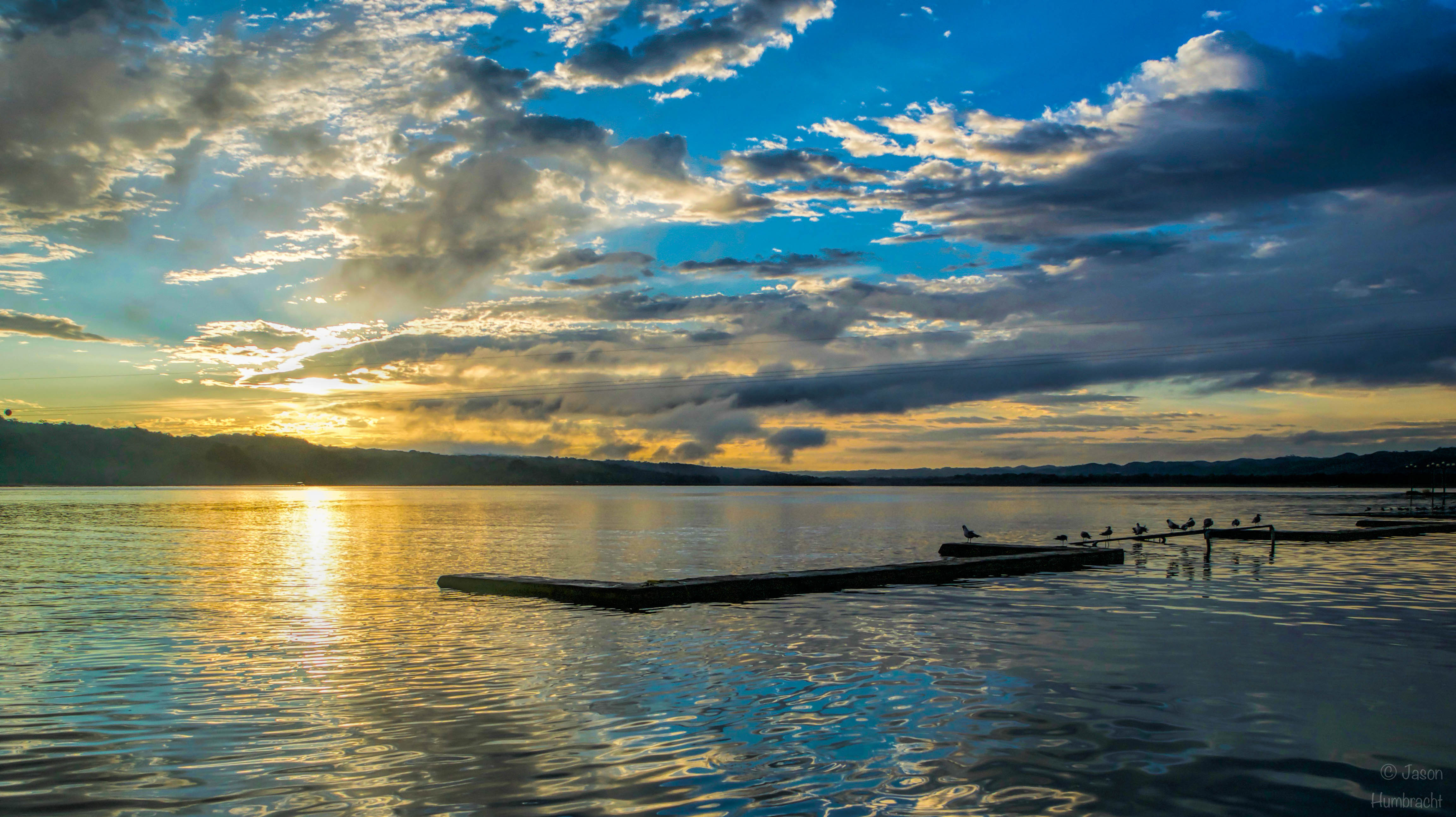
Sunrise Over Lake Peten Itza jhumbracht photography
Lake Peten Itza (Lago Petén Itzá) Lake Peten Itza (Lago Petén Itzá) Guatemala's second largest lake is a sparkling expanse at the heart of the hot, humid Petén Basin, and was one of the earliest cradles of Mesoamerican civilization. The lush rain forests at its fringe are home to some 27 archaeological sites. Use the ancient Mayan town.
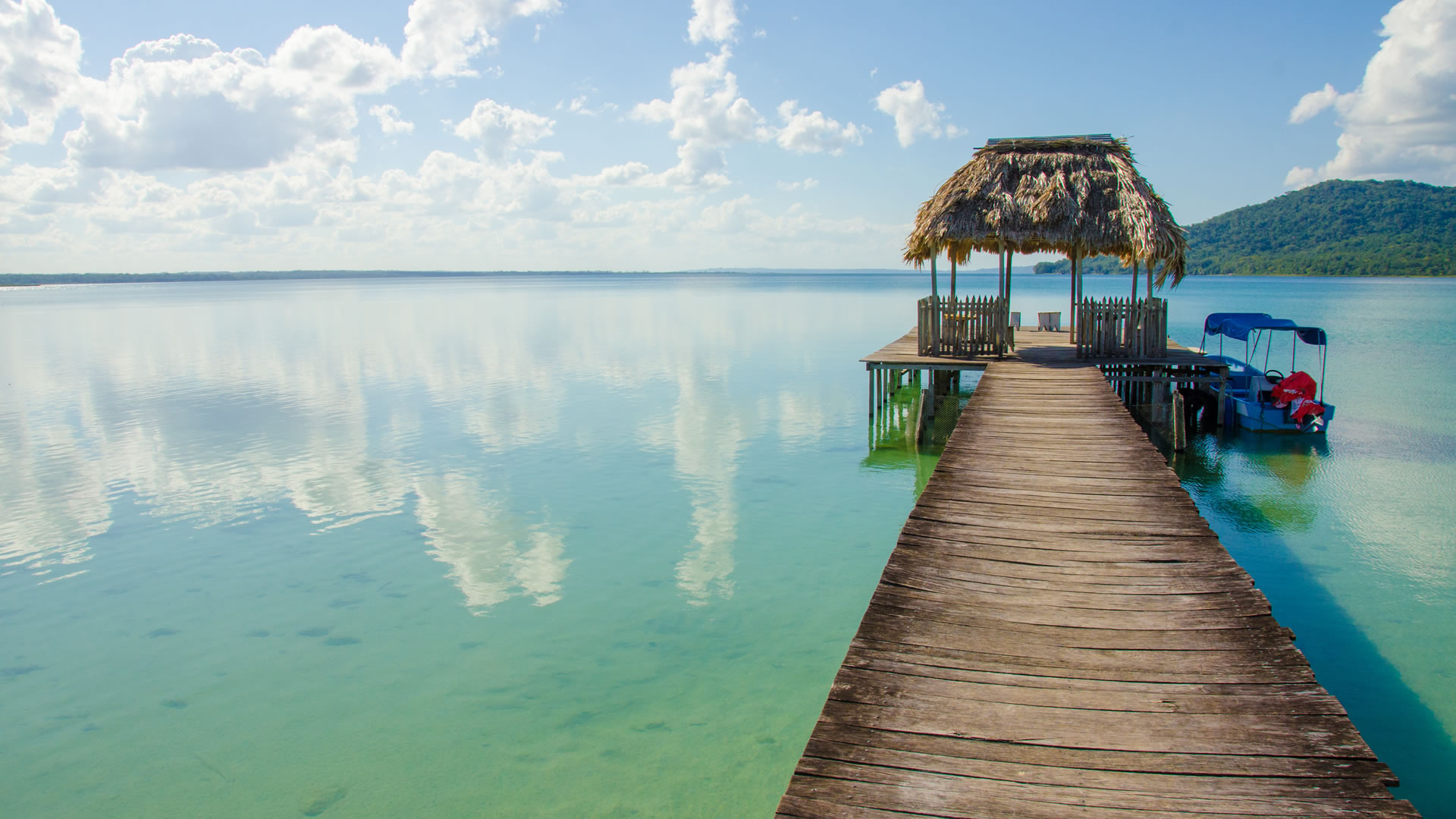
El Lago Petén Itzá Bellezas Latinoamericanas (Petén, Guatemala)
16° 59′ NB, 89° 48′ WL ( Kaart) Het Meer van Petén Itzá ( Spaans: Lago Petén Itzá) is een meer in het departement El Petén in Guatemala . Met een oppervlakte van 120 km² is het, na het Izabalmeer, het grootste meer van Guatemala. Het is 32 km lang en gemiddeld 5 kilometer breed.

Zonsondergang Op Het Meer Gr Remate Guatemala Van Peten Itza Stock Afbeelding Image of
A decade of public-works excavations on Flores Island—once Tayza, capital of the powerful Itza Maya confederacy in Postclassic- and contact-period Petén, Guatemala—has recovered large quantities of artifacts but without proper provenience controls.

Het Meer Van Petenitza, Isla De Flores, Peten, Guatemala, MiddenAmerika 11 Stock Foto Image
1 hotel Jobompiche 1 hotel El Remate 22 hotels Verblijf in de beste hotels van Lago Peten Itza! Onze topkeuzes Laagste prijs eerst Aantal sterren en prijs Top beoordeeld Kies je data om de nieuwste deals en prijzen te bekijken. Alice Guesthouse Hotel in El Remate

Lake Petén Itzá, Guatemala Viajar a guatemala, Guatemala paisajes, Ciudad de guatemala
Even recent writings by Stephen F. de Borhegyi in Archaeology refer to the island reached by Cortes as the "refuge of the Itza Maya on Lake Peten-Itza." (p.14) 'In 1698, the island was fortified by the Spanish and made into a penal colony. Today the island is called San Andres and its city, Flores, is administrative capital…"(p.16)

Zonsondergang Achter Santa Barbaraeilandje in Het Meer Van Peten Itza Dichtbij Floresstad
Lake Peten Itza, Guatemala. Lake Petén Itzá is a large lake in northern Petén. The lake has several pleasant towns scattered around its shoreline and is a popular stopping point while traveling to Tikal or more remote areas of Petén. Its beautiful setting and laid-back atmosphere are unquestionably appealing. With an area of 38 square miles.
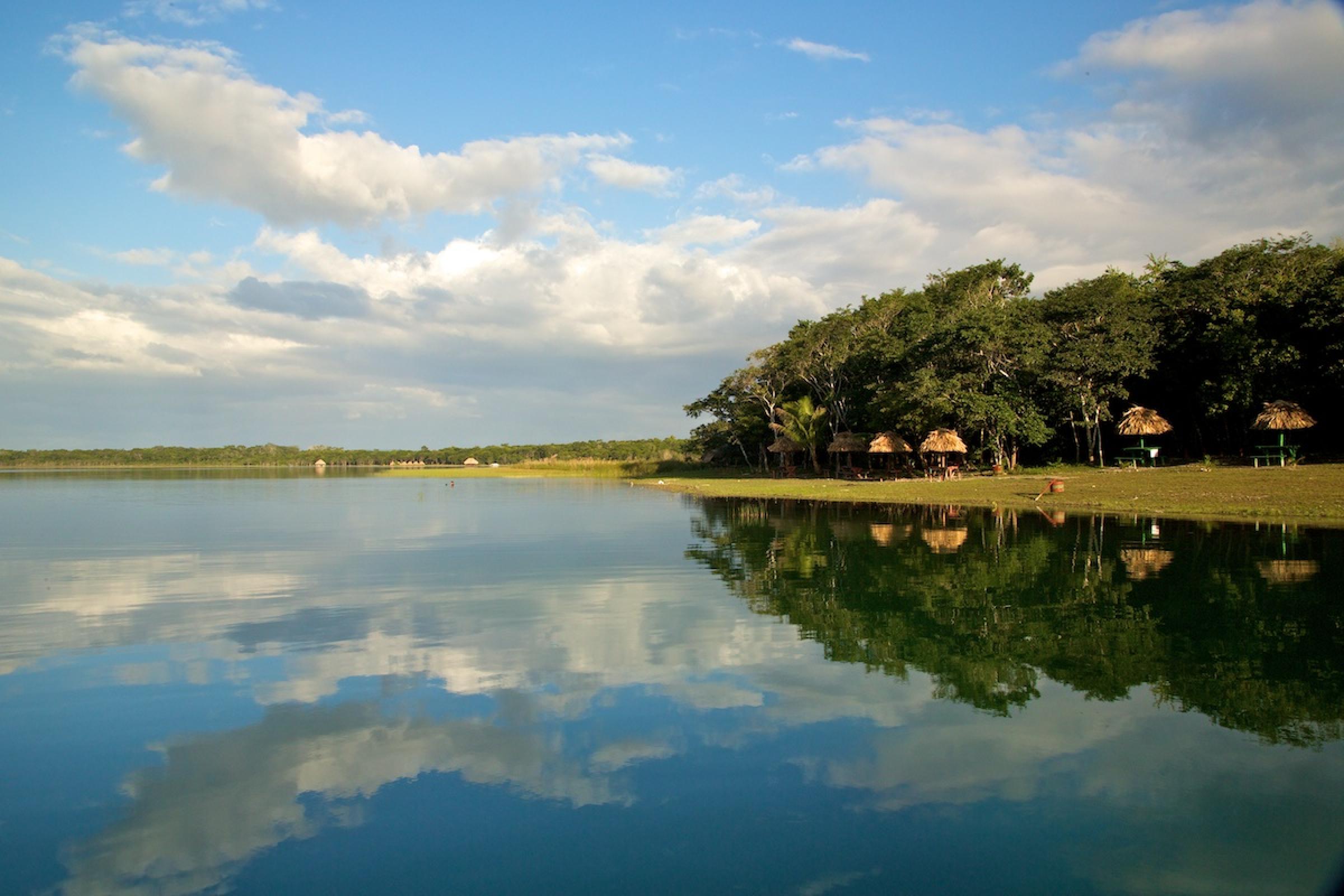
Lake Peten Itza, Guatemala 2018 Travel Guide
The Itza are a Maya ethnic group native to the Péten region of northern Guatemala and parts of Belize. The majority of Itza are inhabitants of the city of Flores on Lake Petén Itzá, and nearby portions of Belize where they form an ethnic minority. Numbers of ethnic group members and Itza speakers

Flores et El Remate sur les rives du lac Peten Itza le coeur Maya au Guatemala
Lake Petén Itzá, lake, northern Guatemala, 160 miles (260 km) northeast of Guatemala City.A depression in the low limestone plateau at an elevation of 262 feet (80 metres) above sea level, it measures about 22 miles (35 km) from east to west and 10 miles (16 km) from north to south and is 165 feet (50 metres) deep; its area is 40 square miles (100 square km).

Tramonto Sul EL Remate Guatemala Del Lago Peten Itza Immagine Stock Immagine di acque
Lake Petén Itzá is located in the northern part of Guatemala, which is about 20 miles (32 kilometers) from Flores. The best way to reach the lake is to fly into Guatemala City and take a bus for about 10.5 hours or to fly into Belize City, Belize and take a bus for about 6.5 hours.
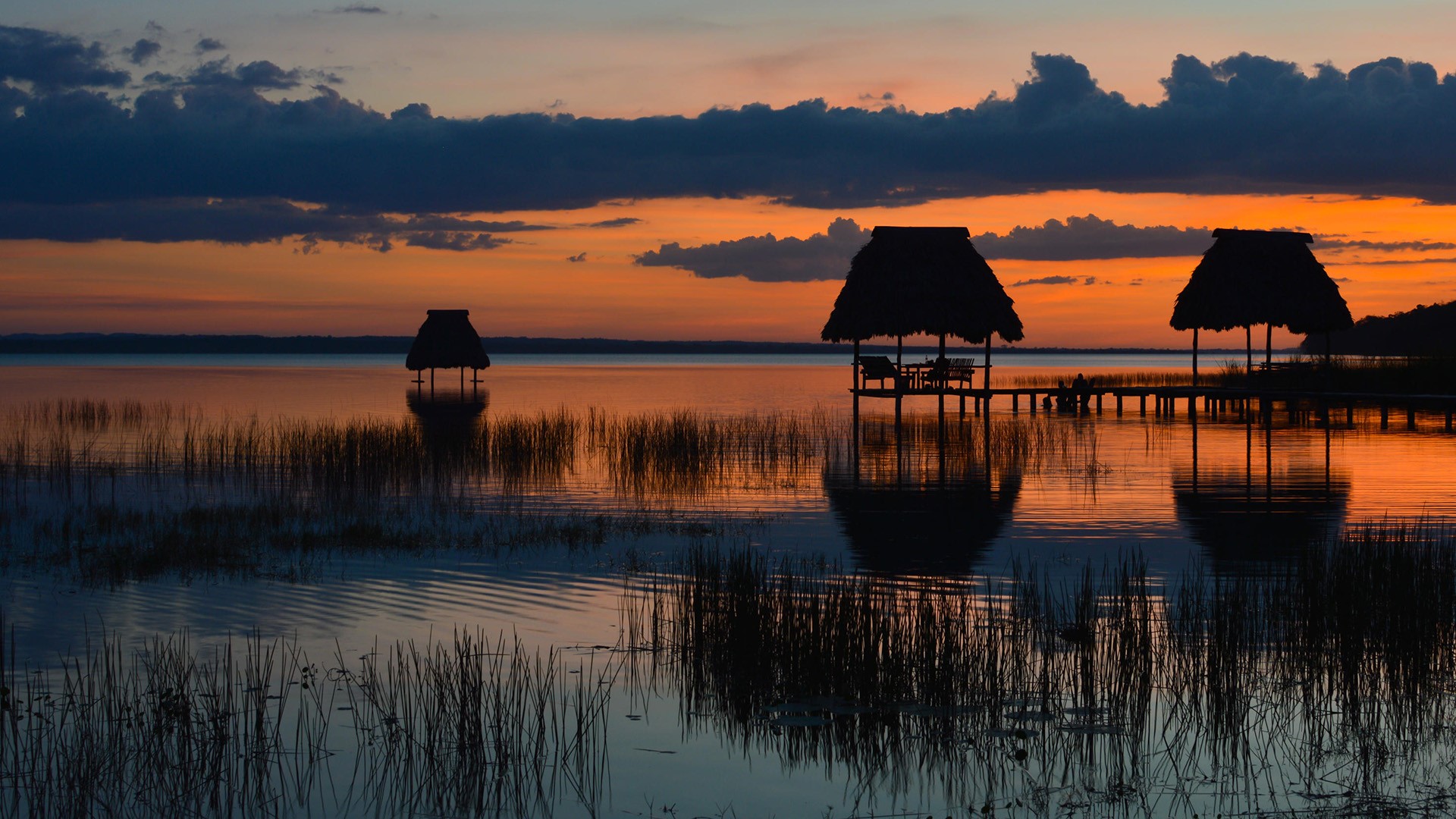
Sunset at the lake Petén Itzá in El Ramate, Guatemala Windows 10 Spotlight Images
When Spanish missionary Andrés de Avendaño y Loyola visited the city in early 1696, nine of the temples had recently been burnt during a Kowoj Maya attack and subsequently rebuilt; during the attack many houses had also been destroyed. [4]

Lago Petén Itzá Viajeros Ocultos
Petén Itzá was a kingdom of the Itzá Maya, centred on their capital of Nojpetén in Lake Petén Itzá, Guatemala. The Itzá were descended from the Ah Itzá Yucatecan Maya lineage, a people who dominated the Yucatán peninsula and established a large trading Empire from their capital at Chichén Itzá.

Lago Peten Itza el Remate 09 Nov 2015 YouTube
It is near the heart of the Peten, an interior drainage basin. Along the hills that form the northern side of this basin is a chain of about fourteen lakes. The largest, Lago Peten Itza, is some twenty miles long and three miles wide, and reported to be over 500 feet deep.
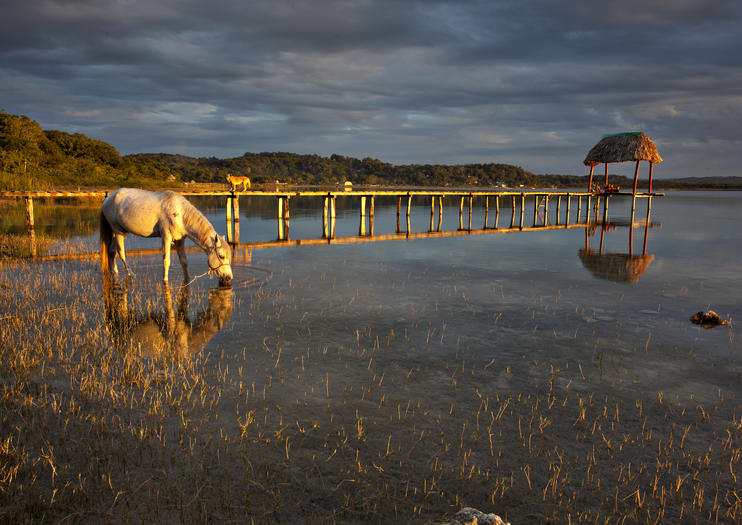
The Best Lake Peten Itza (Lago Petén Itzá) Tours & Tickets 2020 Flores Viator
Peten Itza is the destination tropical rain forest dreams are made of! Located in the northern region of Peten, the lake covers more than 24,400 acres. Historically, Lago Peten Itza lies within the Mayan Biosphere Reserve and is steeped in the romantic mystery of these ancient people.

Het Meer Van Petenitza, Isla De Flores, Peten, Guatemala, MiddenAmerika 11 Stock Foto Image
The Maya area within Mesoamerica. The Maya (/ ˈ m aɪ ə /) are an ethnolinguistic group of indigenous peoples of Mesoamerica.The ancient Maya civilization was formed by members of this group, and today's Maya are generally descended from people who lived within that historical region. Today they inhabit southern Mexico, Guatemala, Belize, El Salvador, Nicaragua, and Honduras.

Lake Peten Itza in El Remate, Guatemala Flickr
A 210Pb-dated sediment core from a small bay in the southern basin of Lake Petén Itzá, Guatemala documents recent cultural eutrophication. Increased sediment accumulation beginning ∼1930 A.D. coincided with catchment population growth and was a consequence of watershed deforestation and increased surface run-off. At the same time, geochemical records from the Lake Petén Itzá sediment.